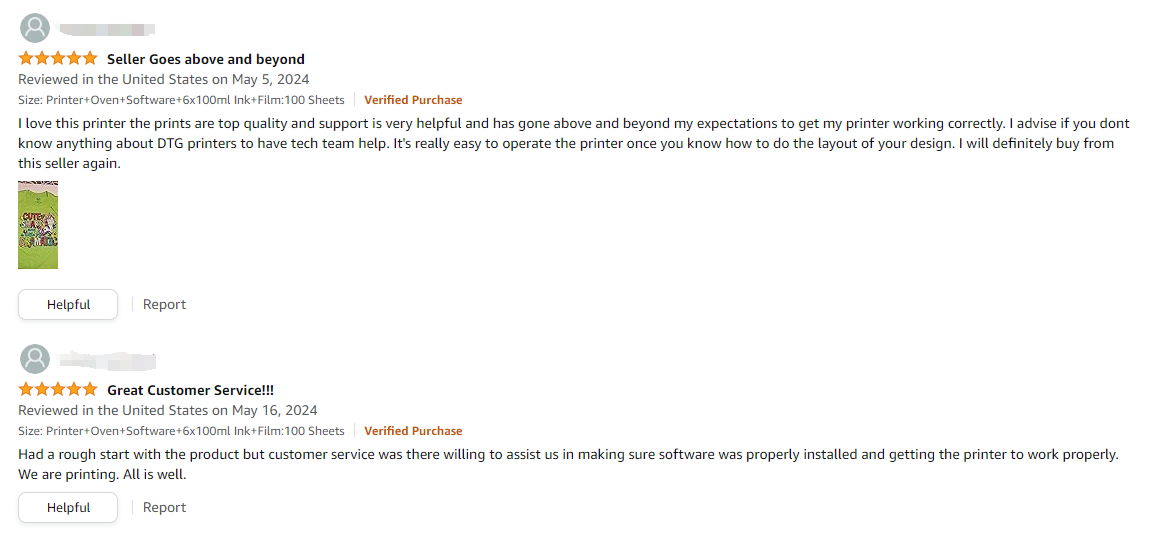DTF Printing Solutions
Lancelot provides various printing solutions to all over the world!
DTF (Direct-to-film) printing is a modern and popular method. According to market insights, 67% of the US$2.6 billion digital textile printing industry is DTF-shared. Many regard DTF printing as a versatile and cost-effective cloth printing method. Hence, it’s the obvious go-to printing business model for small-time and beginner brands.
As the name suggests, DTF means printing your design on a transfer film first. You must apply a special adhesive powder to help the ink stick to the fabric more firmly. The powdered film will then need curing to melt the adhesive. Finally, you can put the film through a heat press flatbed to transfer the design onto the fabric.
The final output from a DTF printer will be accurate and vibrant. However, this method is less versatile than others when it comes to substrate options. DTF printing is limited to custom cloth printing, as it only works with soft substrates.
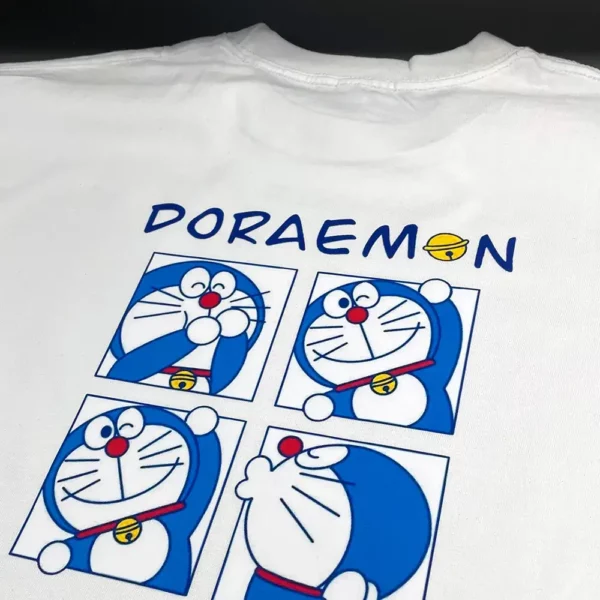
CMYKW solution: C stands for cyan, M stands for megenta, Y stands for Yellow, K stands for black, and W stands for white. If it is a single-head xp600, white ink occupies two channels, and CMYK each occupies one channel ; if it is a double-head xp600, one print head prints white ink, and the other print head prints CMYK; if it is a double-head i3200, follow Double head xp600 one principle.
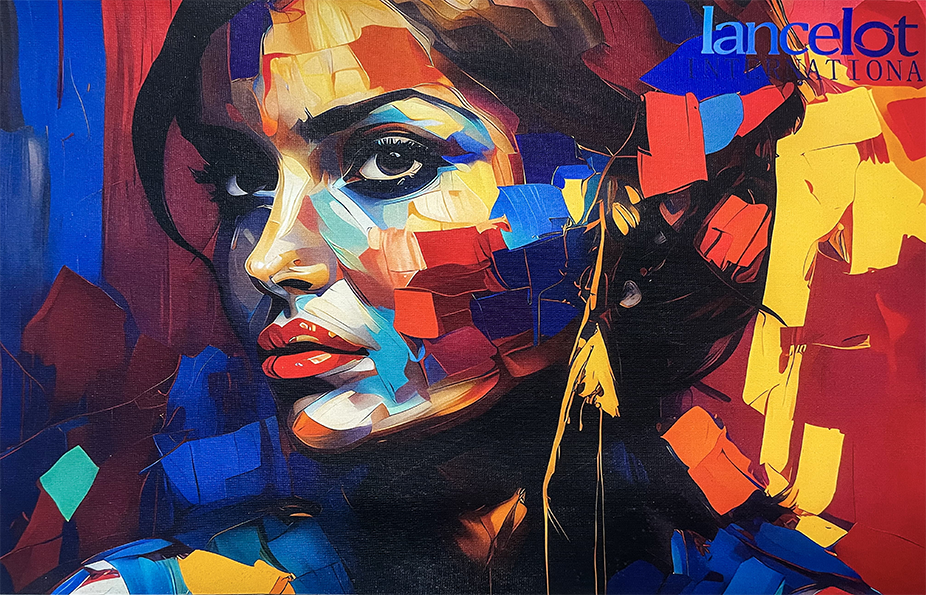
CMYKRGBO+W solution: The pattern shown in the picture above is printed by a 4-head i1600 DTF printer, two of which are used for white ink, one for CMYK, and the remaining one for RGBO.
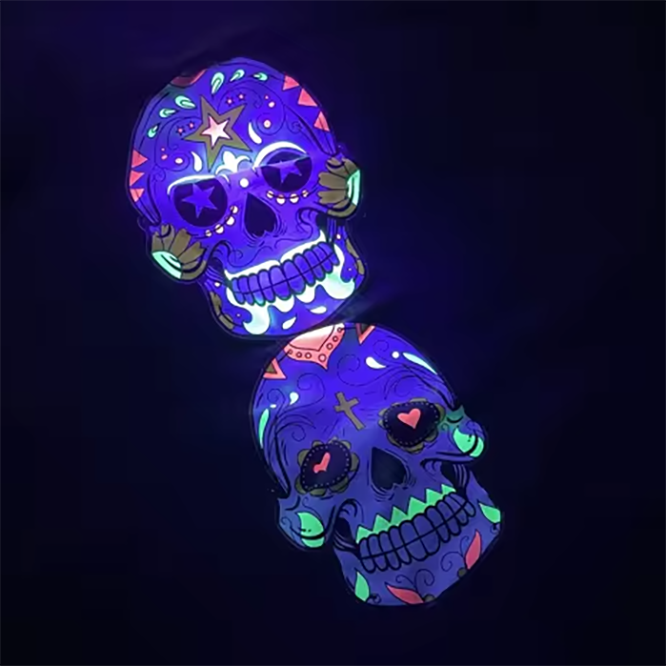
CMYKFluorescence+W solution: The pattern shown in the picture above is printed by a 4-head i3200 DTF printer, two of which are used for white ink, one for CMYK, and the remaining one for fluorescence ink.
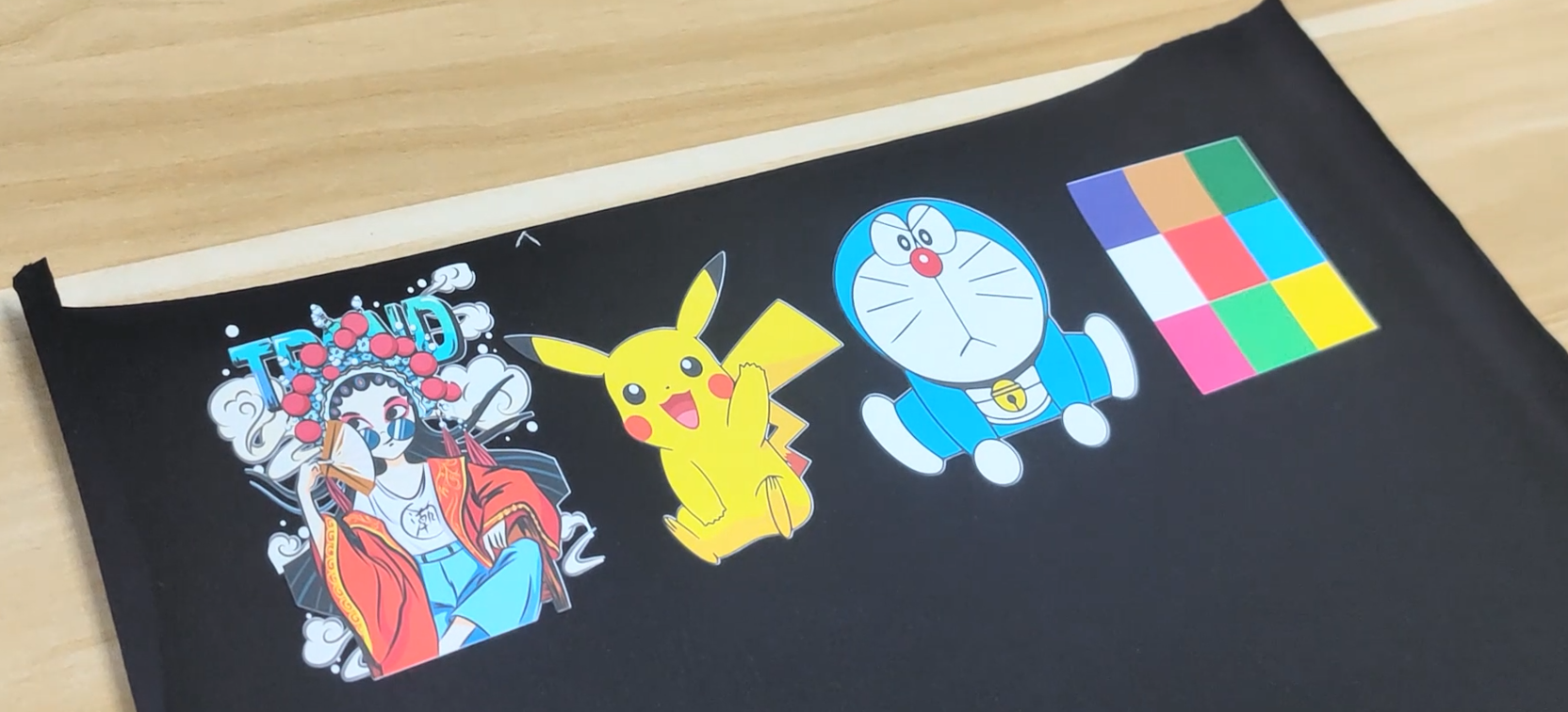
CMYKLCLMLBLLB+W solution: The pattern shown in the picture above is printed by a 4-head i3200 DTF printer, two of which are used for white ink, one for CMYK, and the remaining one for LCLMLBLLB.
Comparison of xp600, i1600 and i3200 in CMYKW solution

Advantages of DTF printing
Cost-effective printing method
DTF printing is considered cost-effective, primarily due to its lower equipment and ink costs compared to UV DTF printing. This makes it accessible to small businesses and individuals looking to venture into the printing industry.
Ability to achieve vibrant colors and fine details
DTF printing can achieve vibrant and vivid colors, as well as fine details, making it suitable for intricate designs and complex artwork.
Versatility in terms of compatible substrates
DTF can be printed on a variety of substrates, and this versatility expands the range of production that can be produced using DTF printing.
Easy to use and clean
DTF printers are user-friendly, requiring minimal setup and maintenance. Additionally, the cleaning process is relatively simple, allowing for smoother operation and reduced downtime.
What Our Customers Say About Us?
Word of mouth better than advertising,See what some of our customers say about us!

